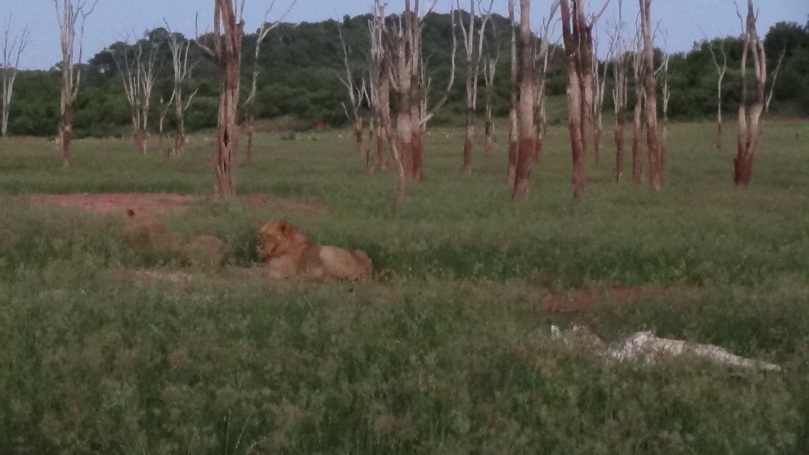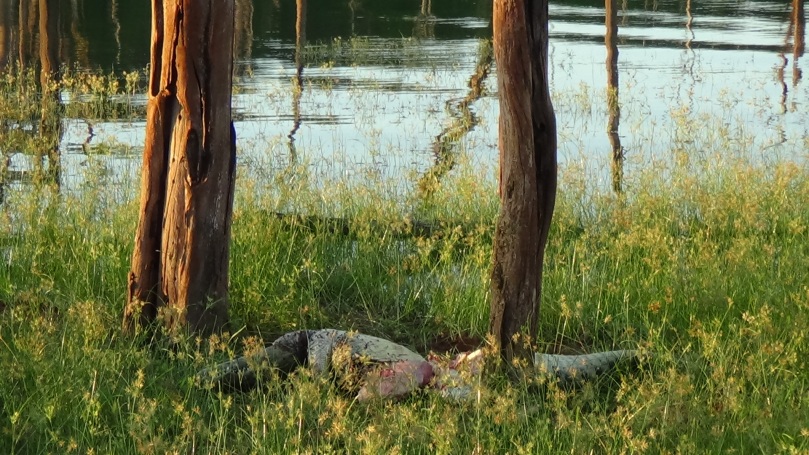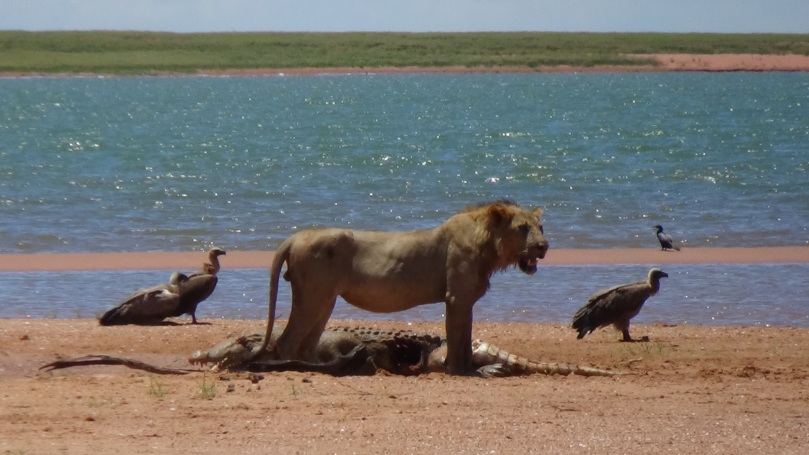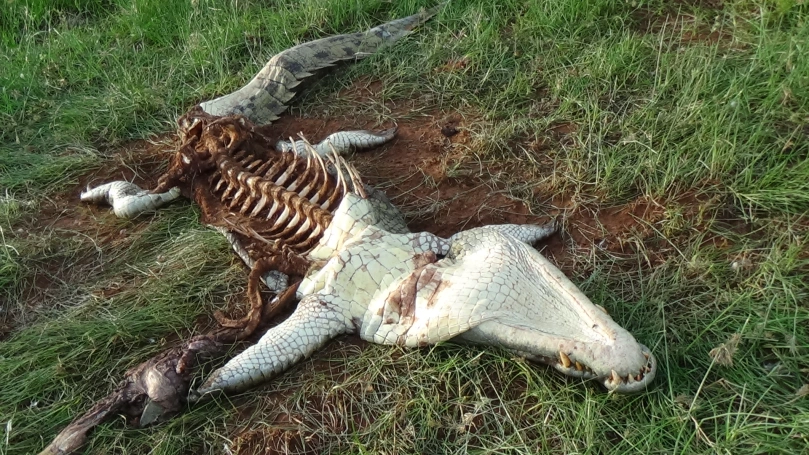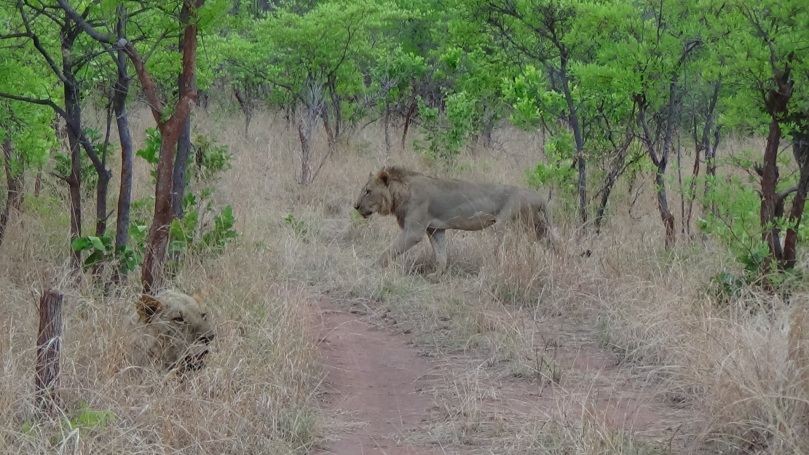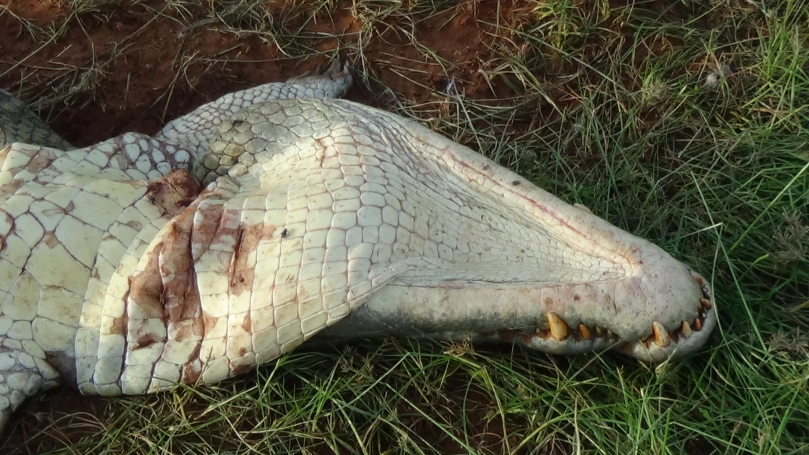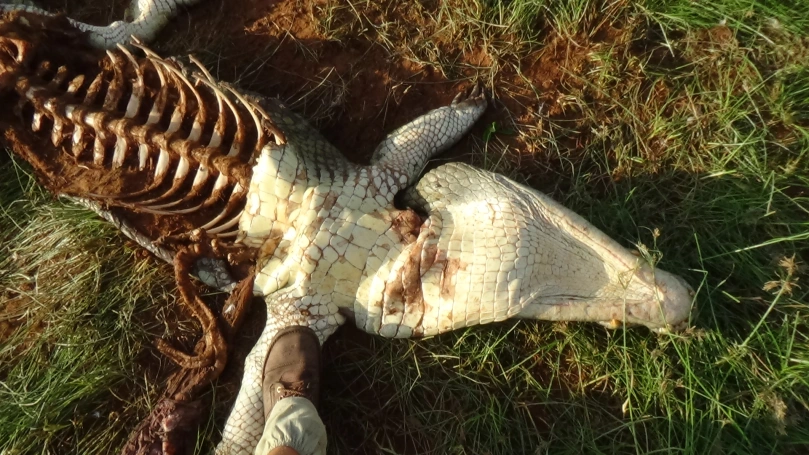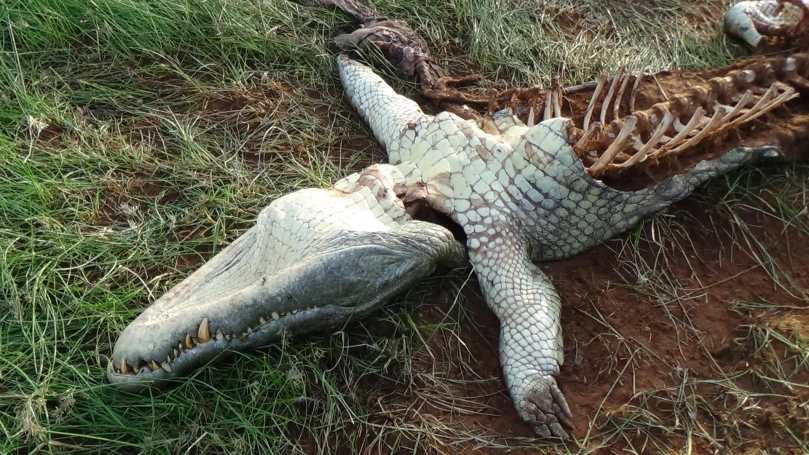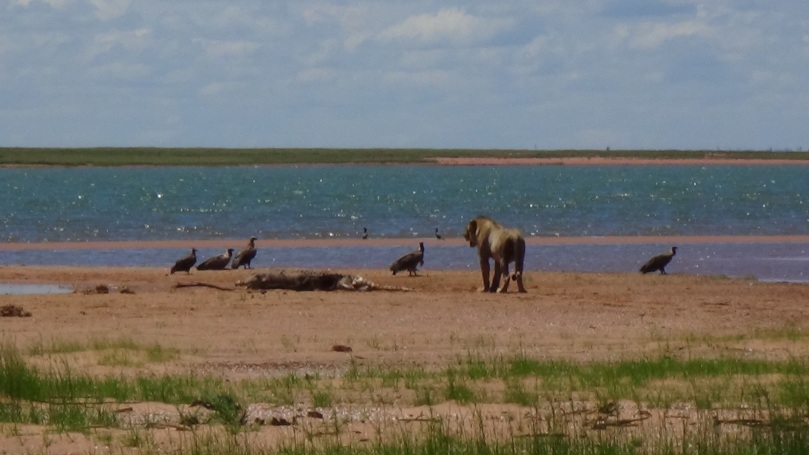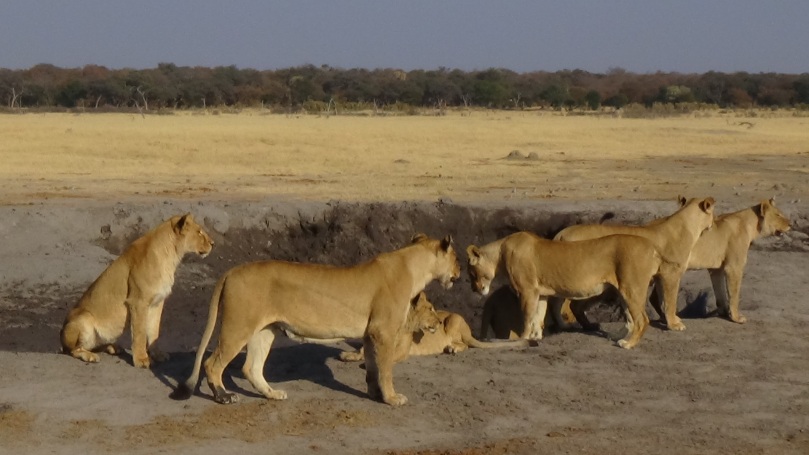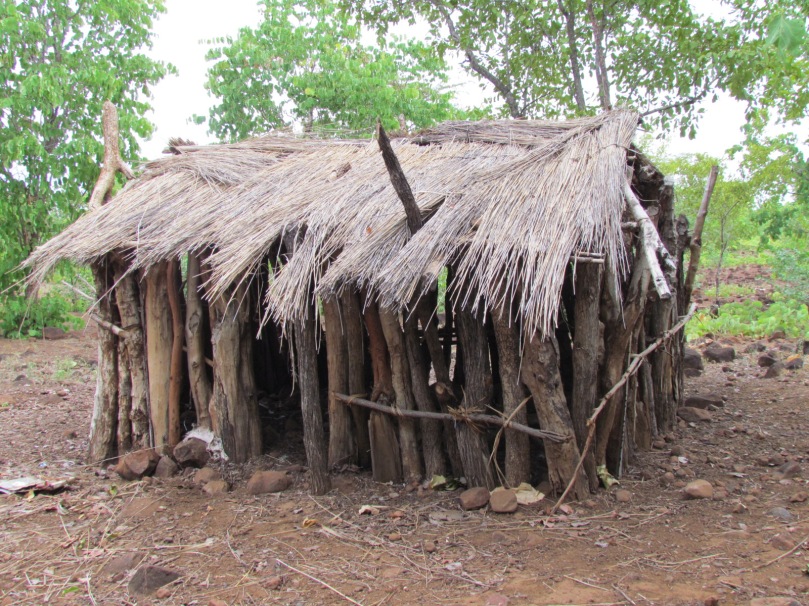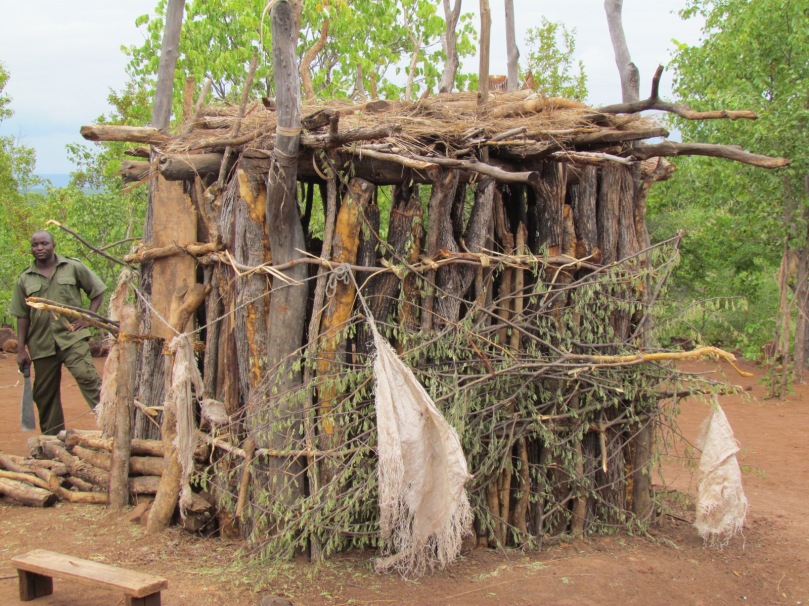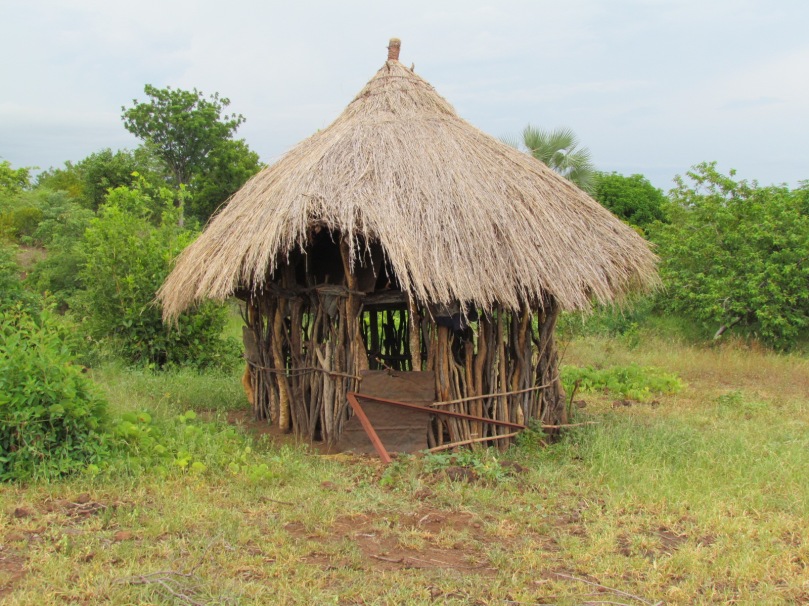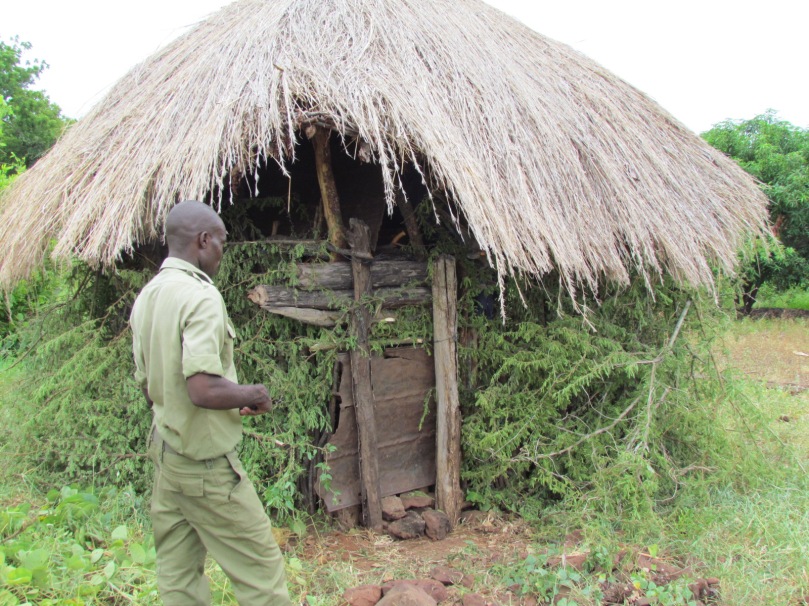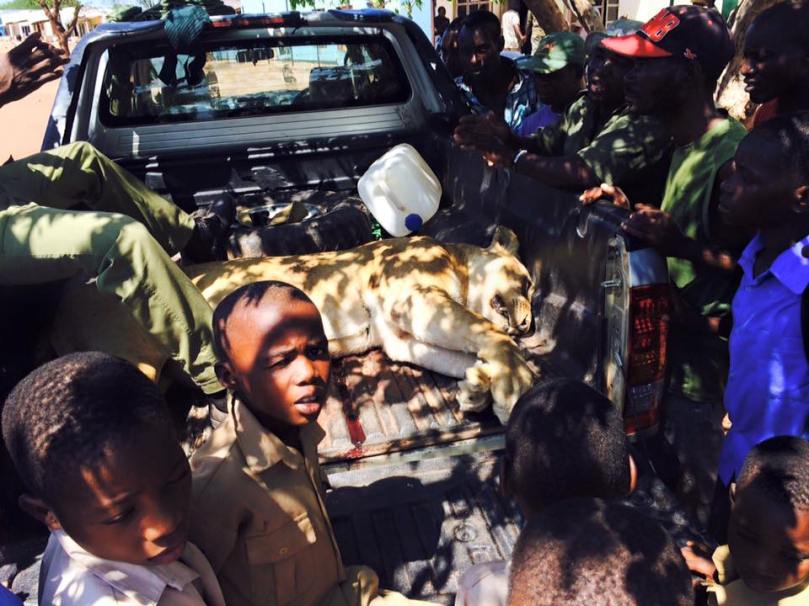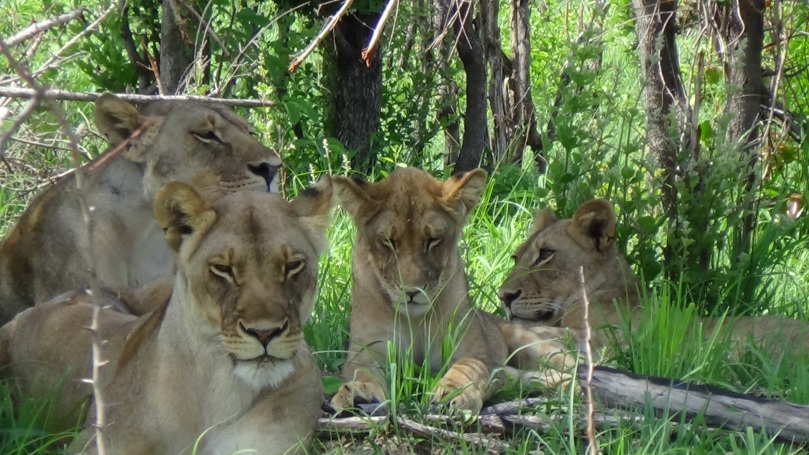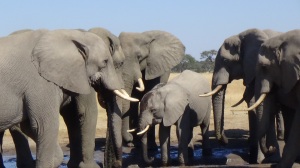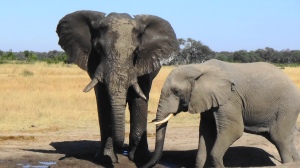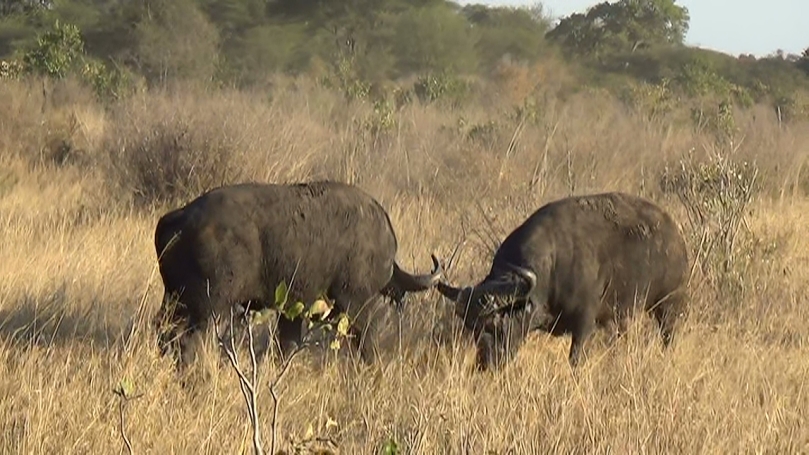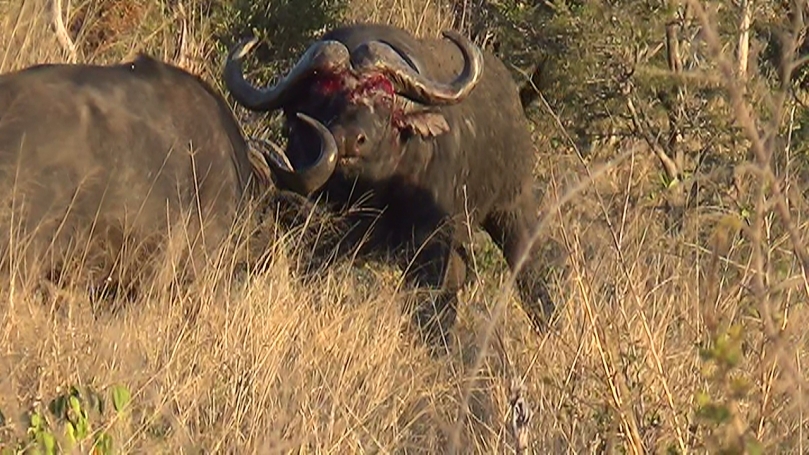ONE QUIET MORNING AT BUMI HILLS SAFARI LODGE ON LAKE KARIBA, ZIMBABWE…..
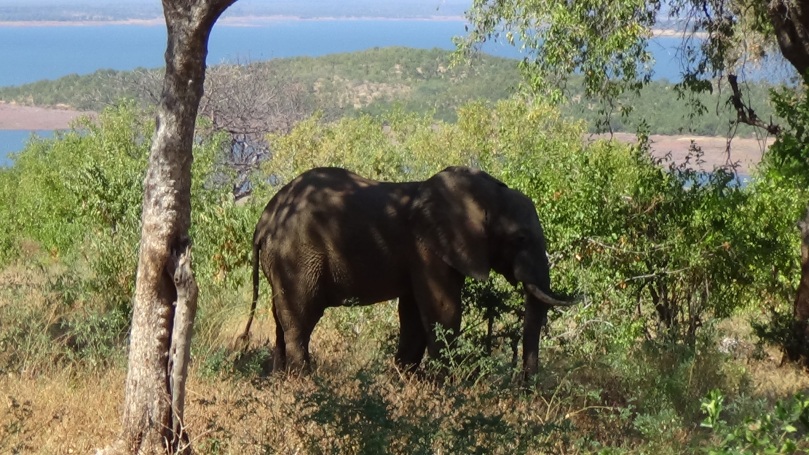
THERE APPEARED AT THE STAFF VILLAGE WHAT LOOKED LIKE AN ELEPHANT HAVING DIFFICULTY WALKING AND SEEMED TO BE IN TREMENDOUS PAIN.
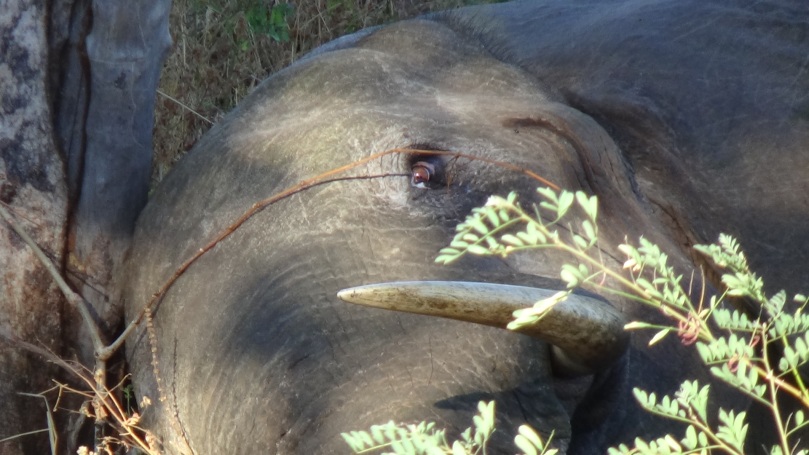
ALTHOUGH THERE WAS MORE COMMOTION AS PEOPLE GATHERED TO SEE HIM, HE LAY DOWN AND RESTED.
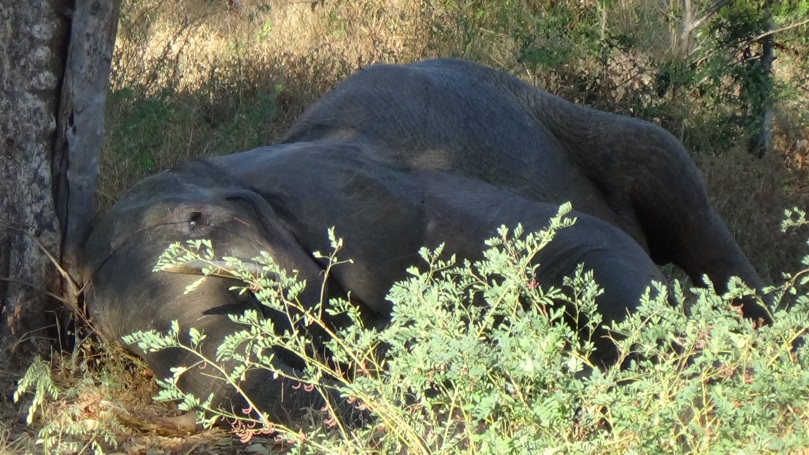
WITH A DEGREE OF URGENCY, A VETERINARY SURGEON DR RICHARD HOARE WAS CONTACTED, AND WAS FLOWN IN FROM HARARE ON A SMALL BUSH PLANE.
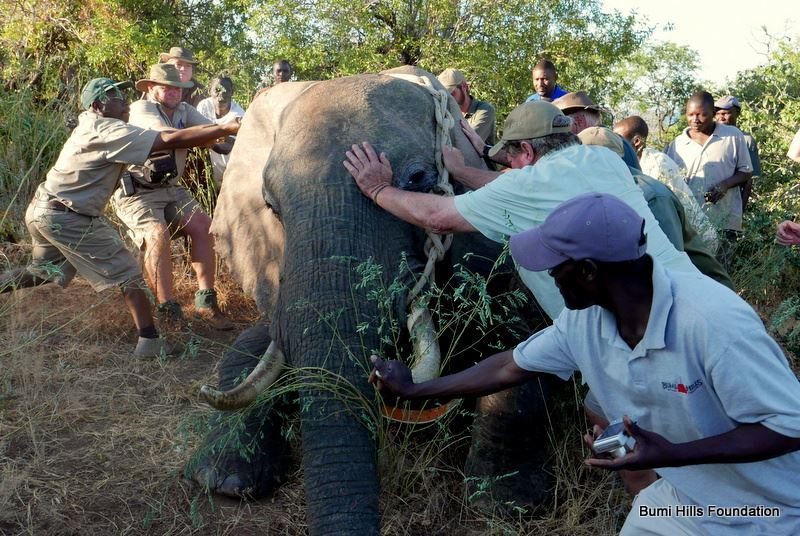
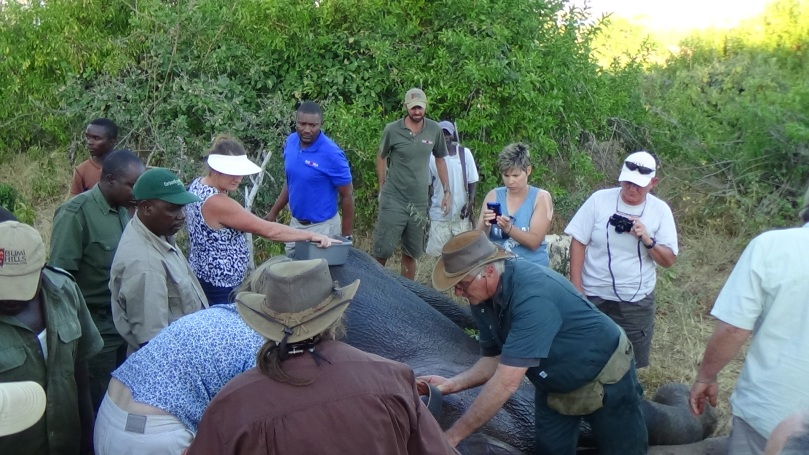
AFTER A BRIEF ASSESSMENT HE ANAESTHETISED THE ELEPHANT, AND GAVE THE WOUND A THOROUGH INSPECTION AND TREATMENT.
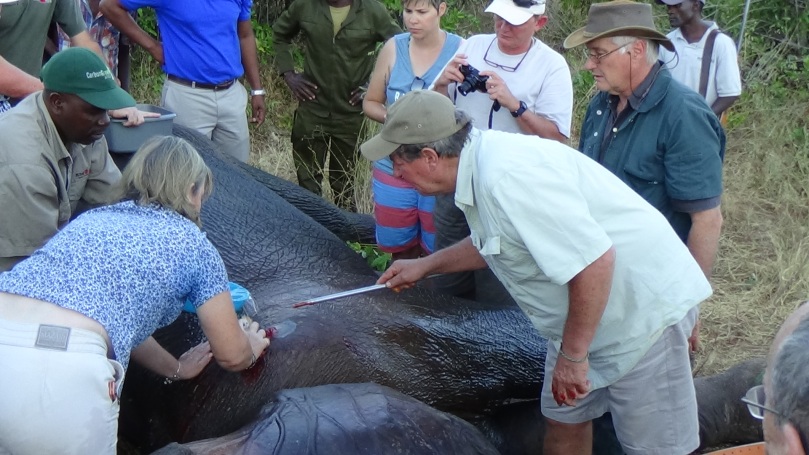
IT APPEARED HE HAD A GUNSHOT WOUND ON HIS UPPER SHOULDER
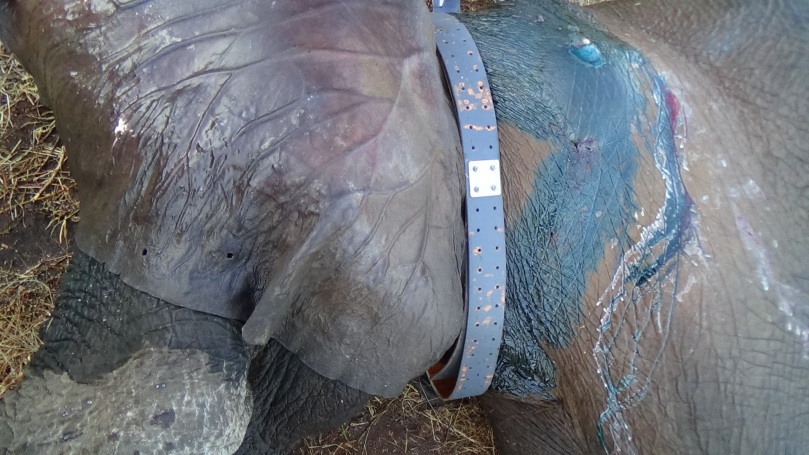
AND TWO HOLES IN HIS EAR, BELIEVED TO BE FROM ANOTHER SHOOTING INCIDENT.
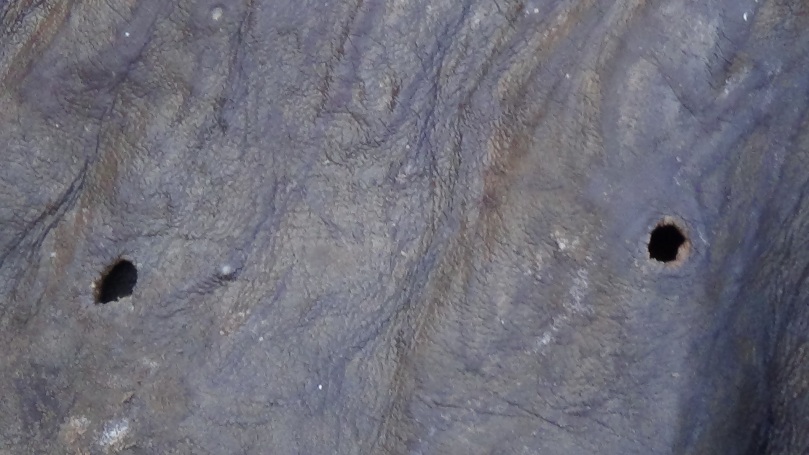
A RADIO COLLAR WAS FITTED TO BE ABLE TO FIND HIM TO MONITOR HIS RECOVERY.
WITH HAVING ADMINISTERED THE NECESSARY DRUGS AND TOPICAL OINTMENTS TO SPEED UP RECOVERY THE REVERSAL DRUG WAS GIVEN.
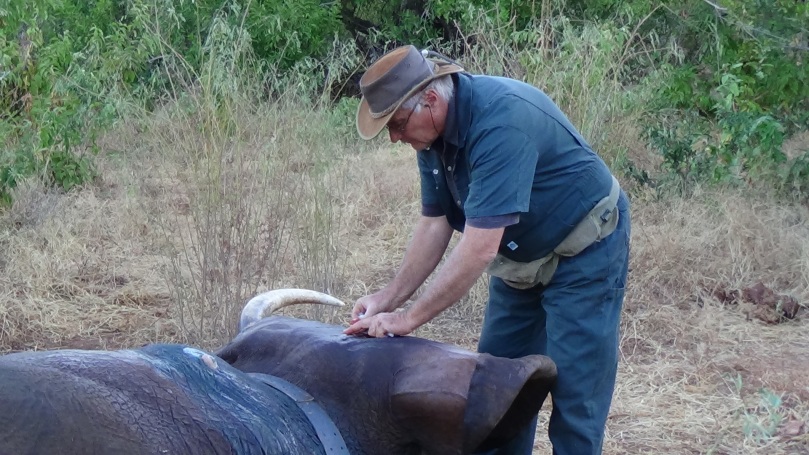
SINCE TREATMENT BEN HAS NOT STRAYED FAR FROM THE LODGE AND HIS OVERALL LOCOMOTION IS IMPROVING
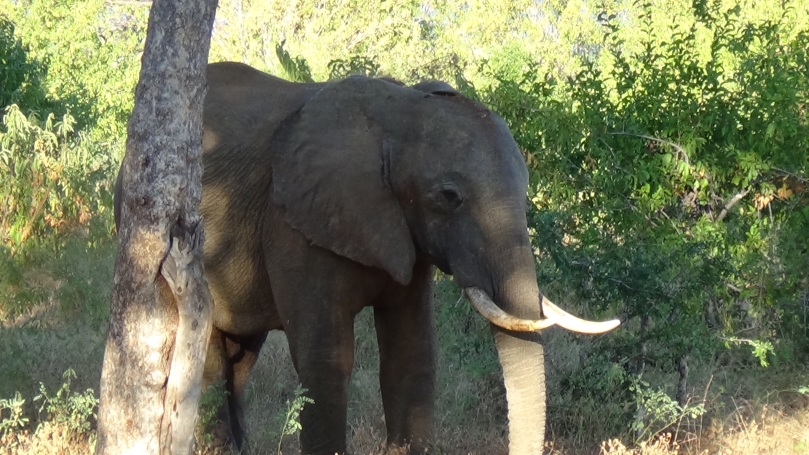
FOR THE PURPOSE OF IDENTIFICATION THE QUESTION WAS WHAT DO WE NAME HIM?.
WITH THIS IN MIND IT WAS DISCOVERED THAT THE HOUSEKEEPER NAMED BEN GANYA HAD SPOTTED THE ELEPHANT AND HAD REPORTED IT.
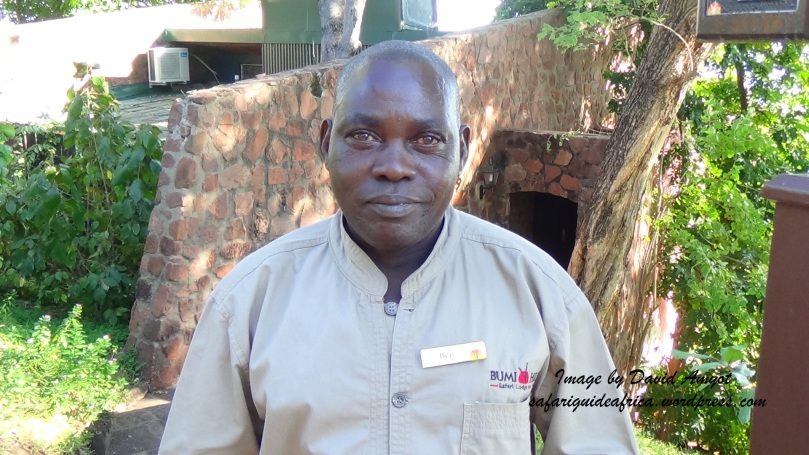
BEN GANYA IS FROM MAREMBERA VILLAGE IN MOLA, A SMALL SETTLEMENT WITHIN CLOSE PROXIMITY OF THE BUMI HILLS.
HE HAS BEEN WORKING AT BUMI HILLS SAFARI LODGE SINCE 1979.





